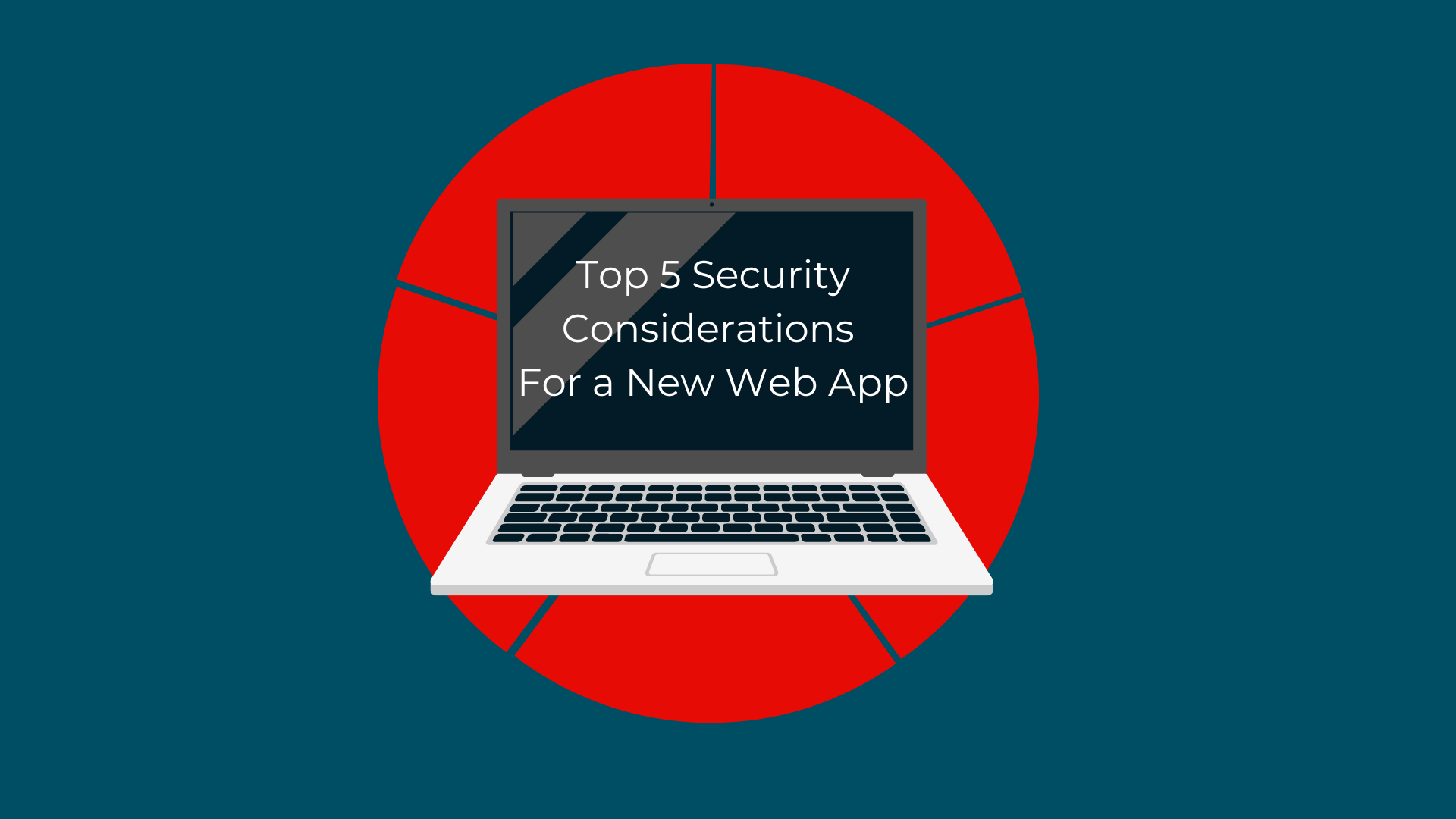There was a time when many folks responsible for building and deploying web applications were naive to threats against them and the related organizational risk. At this point, as an industry, I think we are well aware that security is a necessary day-one consideration for most applications. Internet-facing assets, regardless of technology stack or industry, have become prime targets for malicious attacks, making data breaches and security incidents commonplace. This underscores the critical need for robust security measures right from the launch of any web application. In this blog post, we aim to navigate through the labyrinth of web application security, providing a general guide on the primary security considerations essential at launch time. We will touch on topics from the fundamentals of adopting secure coding practices to the exercise of planning your dependency patching strategy. By addressing these crucial security aspects, we can not only protect sensitive data but also build a foundation of trust and reliability in the digital ecosystem.
Given the criticality of web application security, it's imperative to delve deeper into what exactly it entails. Web application security, at its core, refers to the measures and protocols put in place to protect websites and online services from threats and vulnerabilities that exploit weaknesses in an application's code. Its significance cannot be overstated in our increasingly digital world, where web applications are integral to both business operations and everyday life.
The types of threats faced by web applications are diverse and constantly evolving. Among the most well-known are SQL injection attacks, where attackers manipulate standard SQL queries to access and manipulate databases. Cross-Site Scripting (XSS) is another prevalent threat, where malicious scripts are injected into otherwise benign and trusted websites. These types of attacks can lead to serious implications, including data breaches, unauthorized access to sensitive information, and even complete system compromise.
Understanding these threats is the first step in mitigating them. Web application security is not just a technical challenge, but a fundamental aspect of a web application's architecture. It begins with the awareness of potential risks and extends to the implementation of robust security practices throughout the application’s lifecycle. By prioritizing security from the outset, developers and administrators can significantly reduce the risks associated with web applications, safeguarding both their functionality and the data they handle. This proactive approach to security is not just about defending against attacks, but about building applications that can withstand the ever-changing landscape of cyber threats.
In the following posts, we will expand the top 5 most critical security considerations and practices (in no particular order) that should be implemented as part of the initial launch of a web application.
- 1. Secure Coding Practices
- 2. Authentication and Authorization
- 3. Data Encryption and Protection
- 4. Logging And Monitoring
- 5. Establishing a Dependency Patching Plan
Wrapping Up
In conclusion, as we have journeyed through the essential facets of web application security, from the foundational secure coding practices to the pivotal role of compliance with legal and regulatory standards, one thing is unmistakably clear: web application security is a multifaceted and ongoing endeavor. It demands vigilance, adaptability, and a commitment to best practices at every level.
This series has underscored the importance of robust authentication and authorization mechanisms, the non-negotiable need for data encryption and protection, and the critical role of regular security audits and testing in preempting potential threats. It also highlighted the significance of having good visibility into what is happening in your application at runtime.
As developers, IT professionals, or stakeholders in web applications, the responsibility of safeguarding digital assets and user data is immense. Implementing the practices outlined here is not merely a technical requirement, but a cornerstone in building and maintaining the trust of users and clients. Remember, security is not a one-time effort but an ongoing process that evolves with the changing landscape of threats and technologies.
The best way we know to secure an application is to proactively incorporate these critical security controls early, and refine them often. We also recognize that the cost of adding security is lower, the earlier in the product lifecycle it is introduced. However, this does not mean that every control needs to be prioritized equally. There are always decisions to be made about what is critical to include in the initial launch, especially in today’s world where the waterfall lifecycle is uncommon and the goal is often to release early and often.
Join Mic as he walks through these 5 steps, starting with Top 5 Security Considerations: 1. Secure Coding
Mic Whitehorn is the Senior Security Consultant and Development Lead for Secure Ideas. Check out some of his latest insights on application security:
Read More:

.png)
.png)